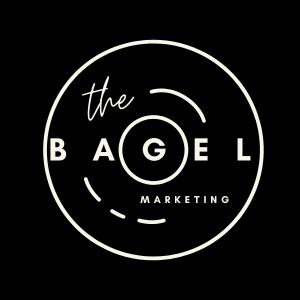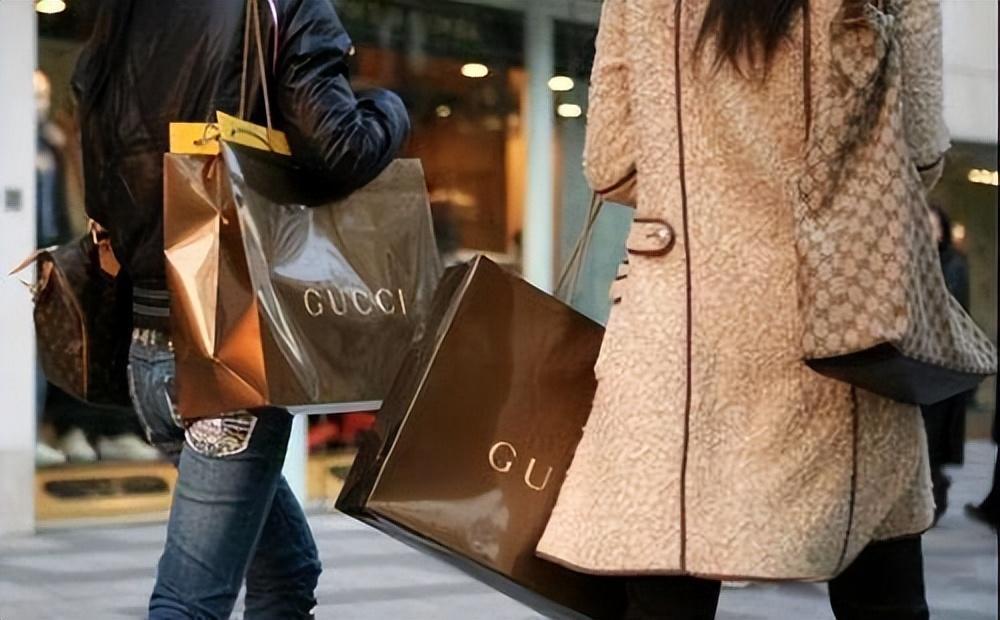Current Status of Overseas Brands in the Chinese Market
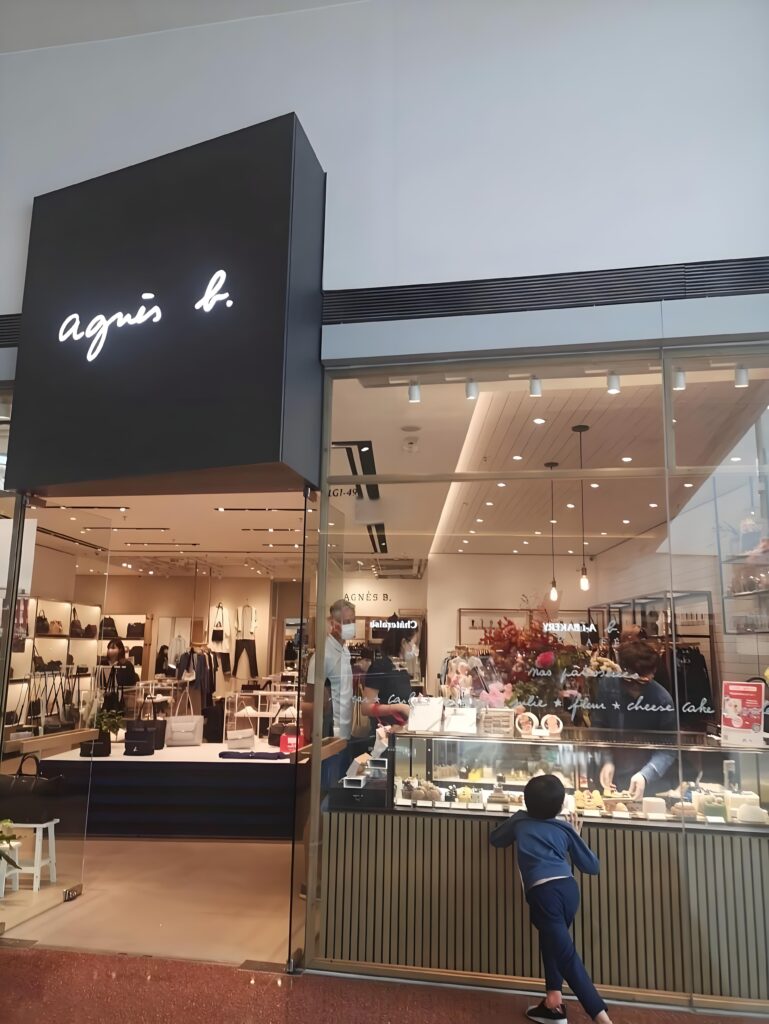
More and more overseas brands are entering the Chinese market, but their development varies significantly. Some overseas brands have tried and then chosen to exit, like Agnes B.
This brand previously opened stores in mainland China but quietly withdrew for unknown reasons.
Currently, Agnes b. only has stores in Taiwan and Hong Kong.
However, many overseas brands have done well in China, such as Ganni, Theory, and Massimo Dutti. Theory, a brand under Uniqlo, has strong supply chain support and has adapted well to the Chinese market, showing stable growth.
The key factors for these brands’ success in the Chinese market are their marketing strategies and ability to capture the hearts of young people.
.
Diesel, part of the Italian company OTB Group, which also owns Maison Margiela, has performed well not only in China but also in Japan. Apart from spending on marketing, Diesel has made significant changes to its products. The brand, once popular in China, fell out of favour because its products didn’t suit young Chinese tastes. Now, Diesel has re-emerged with a sexy and bold image, launching a series of revealing designs that appeal to fashionable young women and men. This shift in popularity is closely linked to Diesel’s product design improvements and the post-pandemic trend of self-expression and individuality. Bold fashion elements like sheer outfits are trending this year, and brands often capitalise on such trends.
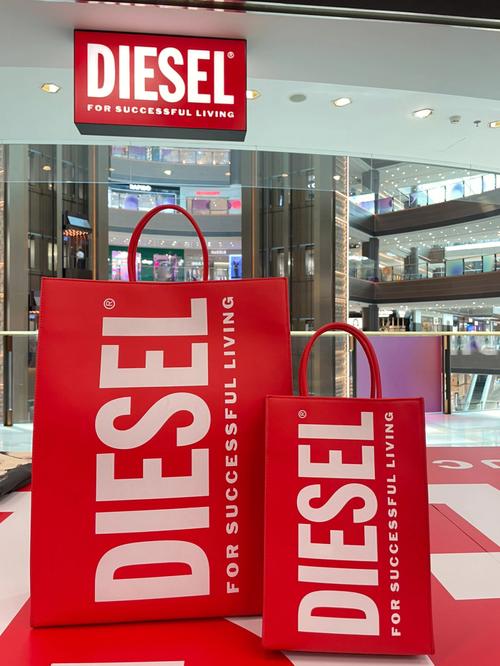
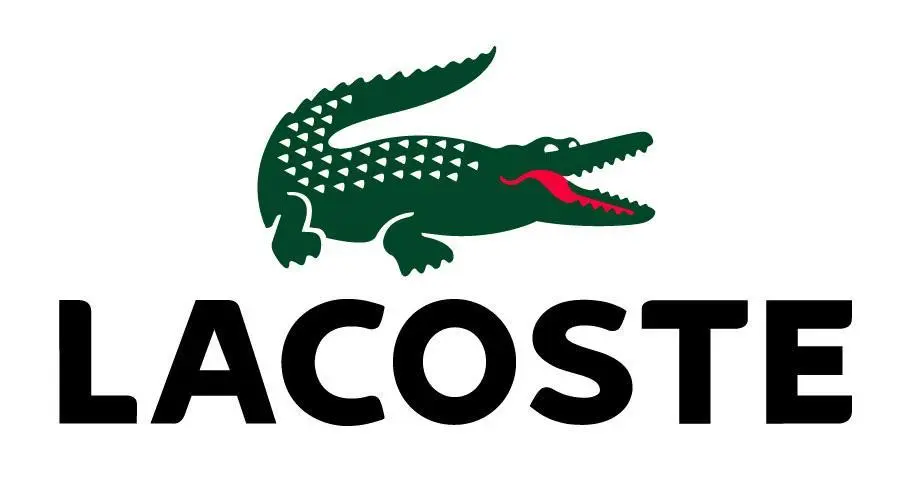
French sports brand Lacoste, established in 1933, has achieved a small resurgence through youth-oriented marketing strategies. Lacoste’s main offerings, such as T-shirts and sweatshirts, fit the current light sports fashion trend, presenting significant market potential. However, Lacoste still faces challenges in the Chinese market. It has many agents and distributors in China, covering various categories like shirts, jackets, hats, hoodies, and T-shirts, leading to inconsistent brand image output. As a brand with cultural heritage, Lacoste could see better growth by adjusting its marketing strategy and aligning its product designs with consumer demand.

As for Vivienne Westwood, despite the founder’s passing three years ago, the brand has continued to perform well in the Chinese market. Its punk and rebellious personality attracts young people who seek individuality and fun.

Besides fashion brands, the British toy brand Jelly Cat has also gained popularity in recent years. Initially targeting baby comfort toys, Jelly Cat products are now loved by both children and young people. It’s reported that a store at the corner of Anfu Road in Shanghai can achieve a daily sales turnover of up to 250,000 yuan from Jelly Cat products. Jelly Cat’s eggplant plush toy has over 10,000 notes on Xiaohongshu, highlighting its popularity.
Another example is the Korean eyewear brand GenTLE MONSTER, which has not only excelled in marketing but also won consumer approval for its products.
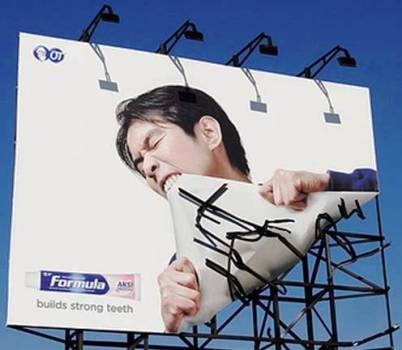
To attract Chinese consumers, brands need to highlight their unique features and provide interesting and differentiated products. Today’s young people prefer brands with personality and attitude. While brands like Vivienne Westwood are pricey, consumers buy their products more for the brand’s spirit and core values.
For foreign brands to establish themselves in the Chinese market, they need to offer quality products and implement effective local marketing.
Understanding
the preferences and needs of Chinese consumers, especially the large youth
market, is crucial. Platforms like Xiaohongshu are important
for promotion, helping brands quickly gain popularity. Price is also a key
consideration, and many brands set up special sub-lines in China. Adopting a
buyout sales model for sub-lines can help control prices, making products more
accessible to the Chinese market.
What Factors Should Overseas Brands Consider When Entering the Chinese Market Today?
1. Why do people start paying attention to a brand?
In today’s consumer market, there are various reasons why people notice a new brand. Ordinary consumers are often attracted by beautiful images or soft articles on social media platforms like Xiaohongshu and Douyin. Recommendations from influential KOLs (Key Opinion Leaders) or bloggers can also spark interest and lead to a trend of following the brand.

Beyond visual appeal, consumers consider product quality, uniqueness, and the brand’s core values. As someone put it, “first attracted by the look, then by the product and its values.” This aptly describes how consumers are often drawn in by a brand’s visual appeal. Apart from the internet, magazines and mall windows are also ways brands convey their style. Professionals pay more attention to the brand’s performance in fashion shows, as these events best reflect the brand’s style.

Additionally, word-of-mouth recommendations from friends can significantly influence consumer decisions. Seeing friends wear a brand can quickly generate interest. Such recommendations can build trust in new brands. For example, some friends started buying brands like Vivienne Westwood and CASETiFY based on recommendations from their circle. This shows that friends’ recommendations play a significant role in purchasing decisions, and when a brand’s marketing is thorough and its product quality is high, it generates positive word-of-mouth and increases customer loyalty.
Consumers’ choices involve both emotional impulses and rational considerations. Different people have different priorities and pursuits—some value brand image, some care about product quality, and others seek to express their individuality.
For those who seek individuality, discovering niche designer brands and owning unique items is a great joy. Walking at the forefront of fashion and showcasing distinctive taste is important to them. Of course, different consumers have different focuses; some are attracted by external visual appeal that matches their style, others prefer internal quality with meticulous craftsmanship, and some care about the unique philosophy a brand conveys, hoping it aligns with their personality.
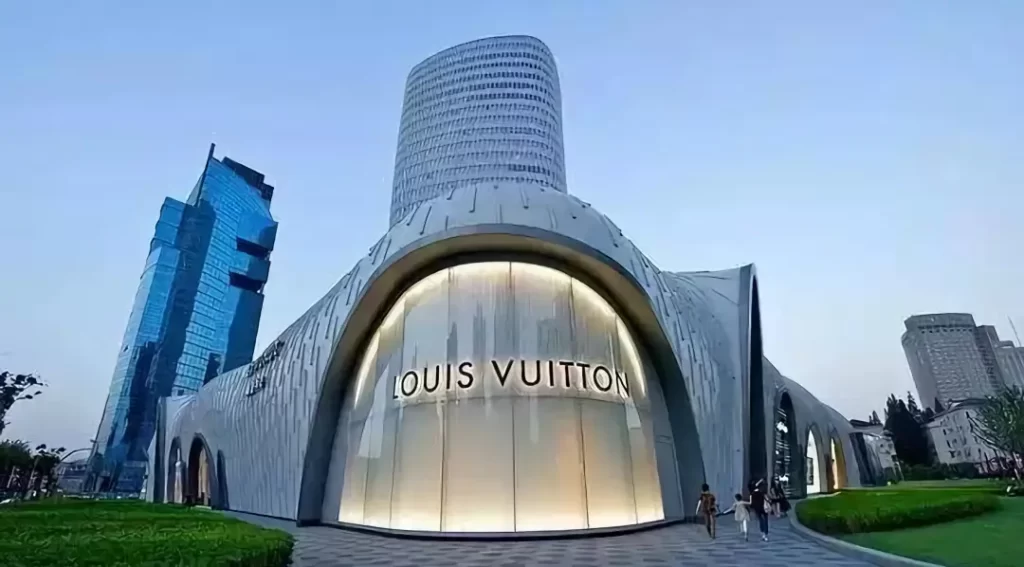
Luxury goods consumption is a special category where consumers often see it as a status symbol rather than just a product. For example, at the recent Shanghai LV show, many VIP guests wore items made of synthetic leather that cost thousands. Though the material itself isn’t valuable, it doesn’t detract from the show’s prestigious and fashionable atmosphere.
Luxury brands are also aggressively marketing to capture the market. At the recent LV show, a circular bag designed by a local illustrator, though controversial, succeeded in creating buzz and grabbing attention. Other international brands have also frequently collaborated with Chinese artists in recent years, attempting to win over Chinese consumers through localised marketing.
- People, Goods, and Venue—The Three Key Factors
Choosing the right channels is crucial for foreign brands entering the Chinese market. According to market observers, opening a large number of offline stores right away can be risky for new brands in China. Online channels, with lower investment, are better for testing market reactions.
Among many online platforms, Xiaohongshu and Douyin, with their strong ability to create trends, are particularly suitable for new brands to release brand power and attract consumer attention. Brands can leverage the influence of top KOLs and experts to quickly build brand momentum. For clothing, Tmall is undoubtedly the main battleground. In the 3C electronics and self-operated clothing fields, JD.com also performs well. Brands need to distinguish the characteristics of each platform and choose the right partners.
While establishing an online presence, brands should also focus on offline experiences. Offline stores are like brand ambassadors and need careful creation to showcase the brand’s essence. This means brands should maintain enough control over offline channels, and direct operations are the trend. However, traditional department stores are no longer ideal due to declining traffic and sales.
The recent announcement of the prestigious Isetan department store’s withdrawal from the Chinese market underscores this trend. Conversely, new flexible formats like pop-up stores are on the rise.

Recently, Armani opened a pop-up store on Wukang Road in Shanghai, and Michael Kors set up an outdoor pop-up area on Anfu Road, both attracting significant crowds. It shows that creating buzz and queues through limited-time and limited-quantity methods is a good offline strategy for brands.
Besides commercial streets, various creative parks and art districts are new hotspots for brands. For example, Shanghai’s M50 and EKA SkyCity have attracted many designer and light luxury brands, becoming favourites of niche fashion enthusiasts. The streetwear brand SUPREME opened a store near Fumin Road in Shanghai. Brands need to consider multiple factors when choosing locations, such as whether the location can attract the right brand mix and create a good clustering effect.
Building offline channels is about creating emotional connections with consumers. Therefore, brands need to align products and experiences with the consumption habits and lifestyles of their target audience. For example, Armani not only invited popular celebrities to its pop-up events but also set up a mini coffee bar in the store, offering boutique coffee and desserts, providing customers with a dual sensory experience. These well-designed experiences resonate with customers, build brand identity, and turn into sales and promotion.
Whether through online or offline channels, brands need to align product power and experience with the needs of their target audience. It’s crucial to grasp product planning direction and follow consumer trends, like the recently popular light outdoor sports style, which many brands are vying for.
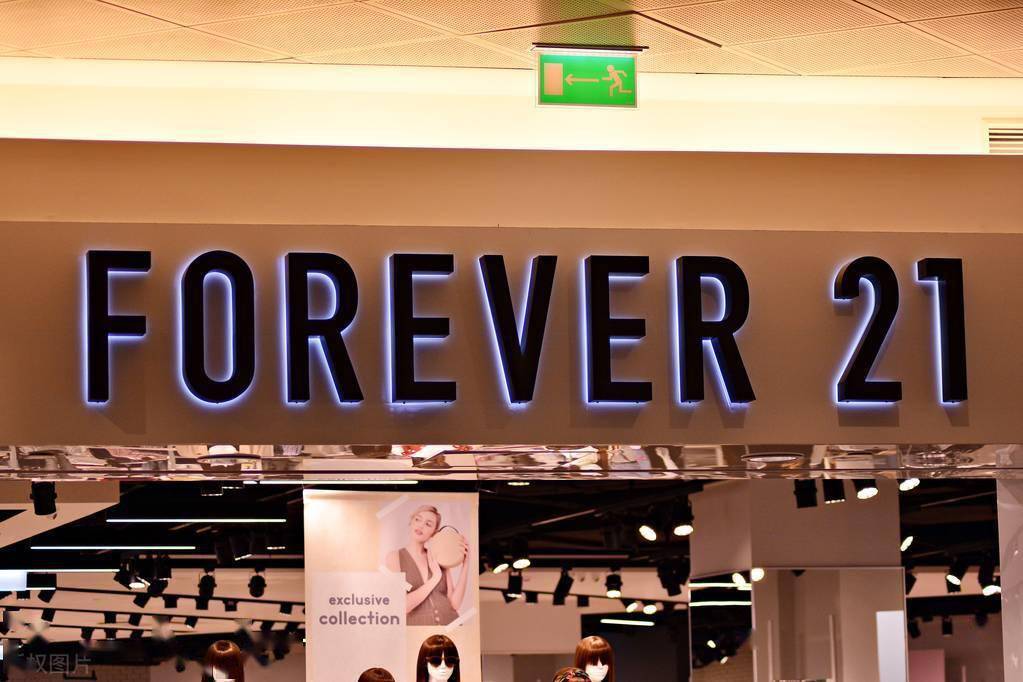
The lessons from FOREVER 21 in the Chinese market also serve as a warning for foreign brands. This once fast-fashion empire had a booming sales period in China, but as consumer demands quickly evolved, FOREVER 21’s product planning gradually fell out of touch with trends, and internal operational shortcomings ultimately led to its exit from the Chinese market.
